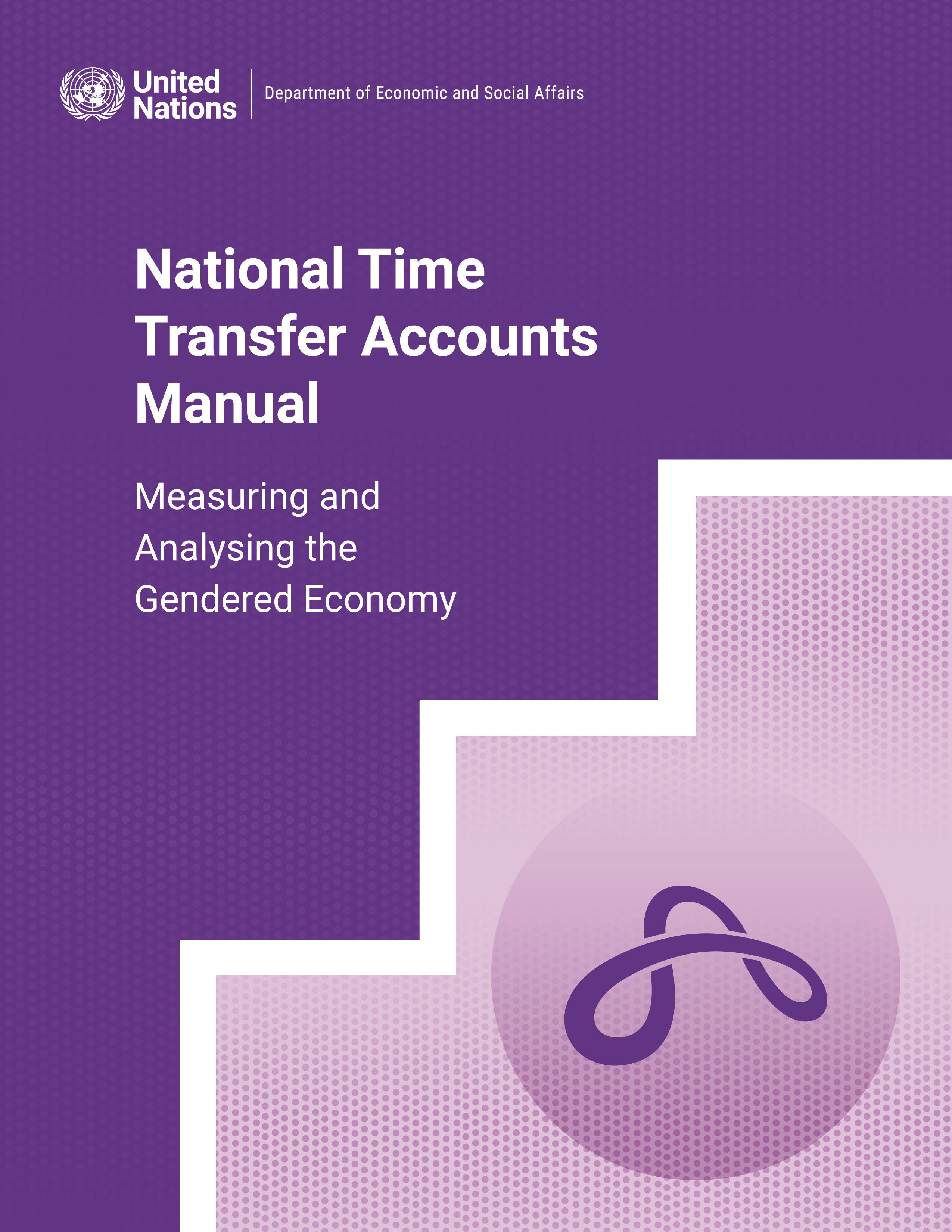National Time Transfer Accounts Manual
Measuring and Analysing the Gendered Economy

Abstract
NTAs (United Nations, 2013) provide a framework for studying the age dimension of economic activity and answering one of the most fundamental questions about how our societies work – how do resources get to people who produce less than they consume because they are too young to produce enough or too old and facing lowered productivity through the ageing process or who want to retire? NTAs start with the established national accounting framework, which measures economic stocks and flows as national-level aggregates. The NTA methodology employs survey and administrative data, assumptions and models to disaggregate those national accounts aggregates by age. It can then infer how resources move from the ages in midlife when we earn more income than needed to sustain ourselves to younger and older ages when we do not. These flows arise between persons through transfers but also within one person’s life over time through the accumulation and disposition of assets and debts. The nature of these support systems in a country can have implications for economic growth, social protection programmes, and economic and social stability over time. NTAs have been estimated by national teams in over 80 countries using the same standard methodology as established in the UN Manual on National Transfer Accounts (2013). This work has revealed what the NTA framework refers to as the “generational economy” in many countries over many different periods, showing how people produce, consume, share and save resources by age (Lee & Mason, 2011). In addition, it has yielded important practical and theoretical insights into how population change impacts individuals, economies, and economic policy. The work is supported via a network of government officials and researchers – the National Transfer Accounts network (www.ntaccounts.org) in addition to training support provided throughout the UN system by the United Nations Population Division, UNFPA, and the regional economic commissions.



